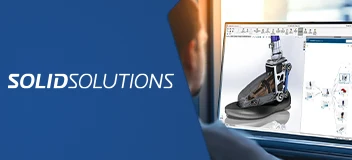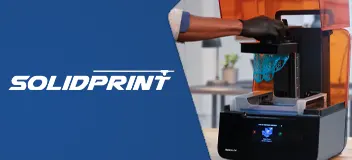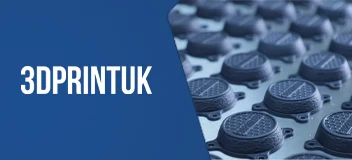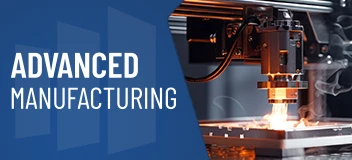What the TriMech Team Considers When Designing a Product
We are often asked about how our team likes to work and approach design. Each of our team members employs their own methods and strategies when designing a product and brining it to the market, making sure each design is as aligned as possible with the vision in the most cost-effective manner possible.
This blog summarizes some of the core, common factors our team considers when approaching a project and throughout the design process journey.
Consideration #1: Having Detailed Design Constraints
Our product design experts believe that design constraints are an especially important factor to take into account when beginning the design process. Providing detailed design constraints can help give the designer a clearer image of what they need to prioritize from initial sketch design to prototyping.
We always ask our clients to be as specific and detailed as possible when describing what features they would like their product to have and how they expect it to look. This makes sure that what we deliver is above and beyond expectations.
Detailed design constraints typically include the ideal materials the product will be made from, as well as other functional details such as how the product should function, how the user will interact with the product, cost limitations, and quality standards.
Consideration #2: The Above and Below-the-Line Criteria
The above-the-line criteria explains the characteristics and details of the qualities, aesthetics, and visual interface between the user and product, materials, ergonomics, and function.
Essentially, the above-the-line is all about the physical and visual. The below-the-line criteria focus on the product’s performance, functionality, components, ease of assembly, and build quality. Therefore, the below-the-line criteria are all about how the product is made and how it will work.
Consideration #3: Qualitative and Quantitative Testing
Although there are a couple of different ways that one can test their product, two important and widely used tests that our team likes to integrate into our design process are qualitative and quantitative testing.
The primary role of qualitative and quantitative testing is that it enables designers to consider both overarching aspects of a design when selecting materials and processes, as well as considering the manufacturability of the product in relation to its proposed design specifications.
- Quantitative testing examines the project’s objective and measurable criteria. This helps assess specific performances and measurable objectives, such as the product’s maximum and minimum desired weight, hardness, ductility, and malleability.
- Qualitative testing assesses the quality of a defined aspect of the material specification. This form of testing is more subjective to the specific design details of the projects. Examples of qualitative testing include looking at how aesthetically pleasing the material of the product will be, whether it will be recyclable, a certain colour, and other considerations for its debut within the market.
Consideration #4: Specification Criteria
No matter how simple or complex a project is, our product design team wants to get as many details as possible regarding what our clients expect from their products. Providing specification criteria is integral as it allows the designer to compile a list of goals that the final design must achieve.
The best approach to developing your specification criteria is to create a checklist that our designers can refer to and review while they are working on the project.
Your specification criteria should center on your product vision, a.k.a. the finished product you want to see at the end of your journey with us. It will help validate your invention idea and should include a list of statements that reflect your findings from the research you conducted for your product, as well as what your design will achieve or solve.
















